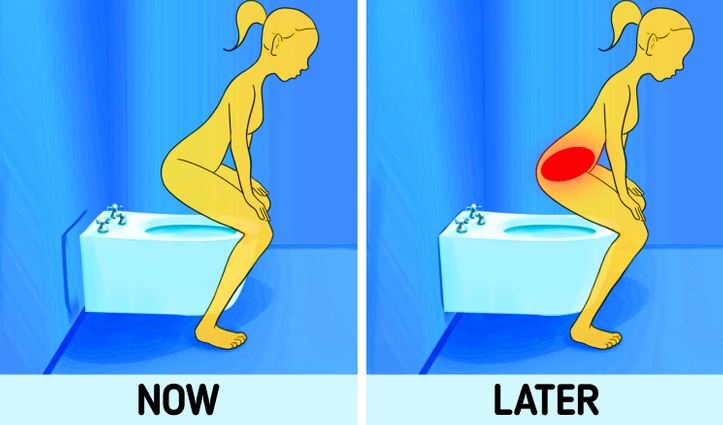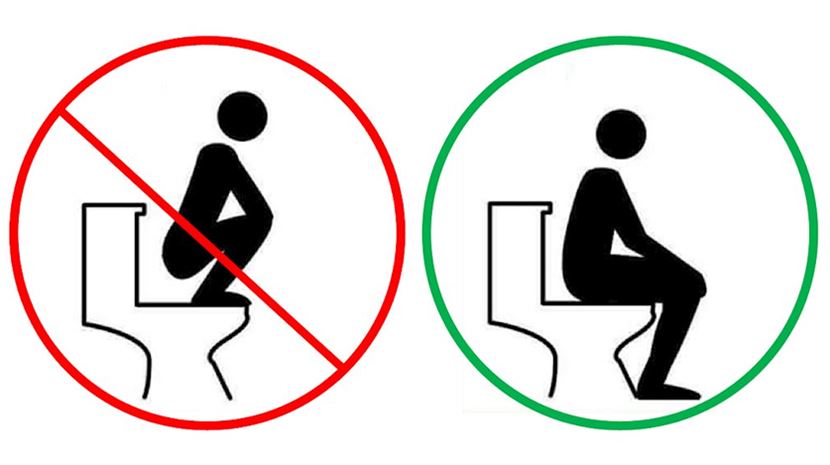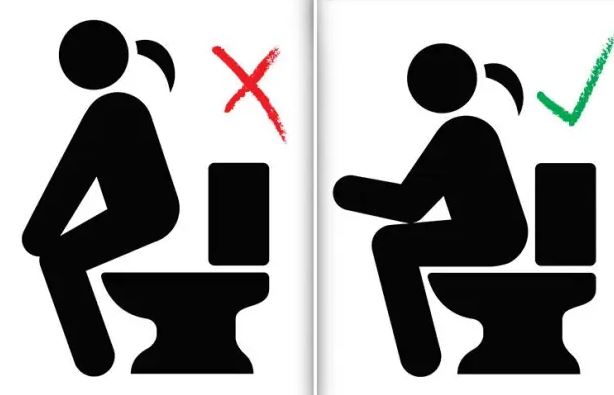
Public restrooms are often not impeccably clean, causing us to either postpone using them or avoid direct contact with toilet seats.
While this can serve as a suitable short-term solution, it might potentially result in additional issues over time.
Squatting over the toilet while urinating results in approximately 40% tension in your pelvic floor muscles and incomplete relaxation of the bladder.

Consequently, when you stand up, a small amount of urine may remain inside. This residual urine can encourage bacterial growth and elevate the likelihood of contracting a urinary tract infection.
The urine left inside your bladder could potentially lead to involuntary leaks when you cough, sneeze, laugh, or jump. Furthermore, it might cause bladder irritation, leading to having to g more urgency or more often than you really do.

Frequent squatting or hovering over the toilet while urinating doesn't engage your pelvic muscles in a natural manner. This repeated behavior could potentially lead to a weaker bladder over time, especially after many years.

4. Fully squatting is recommended over the semi-squat.
The full squat, which you might perform when you have to go urgently and are in the middle of nowhere, is unobstructed and goes even lower than when you sit down.

Opting for this full squat rather than the semi-squat used while hovering over a toilet could potentially be more beneficial for your well-being. This position encourages a greater relaxation of your pelvic and bladder muscles




